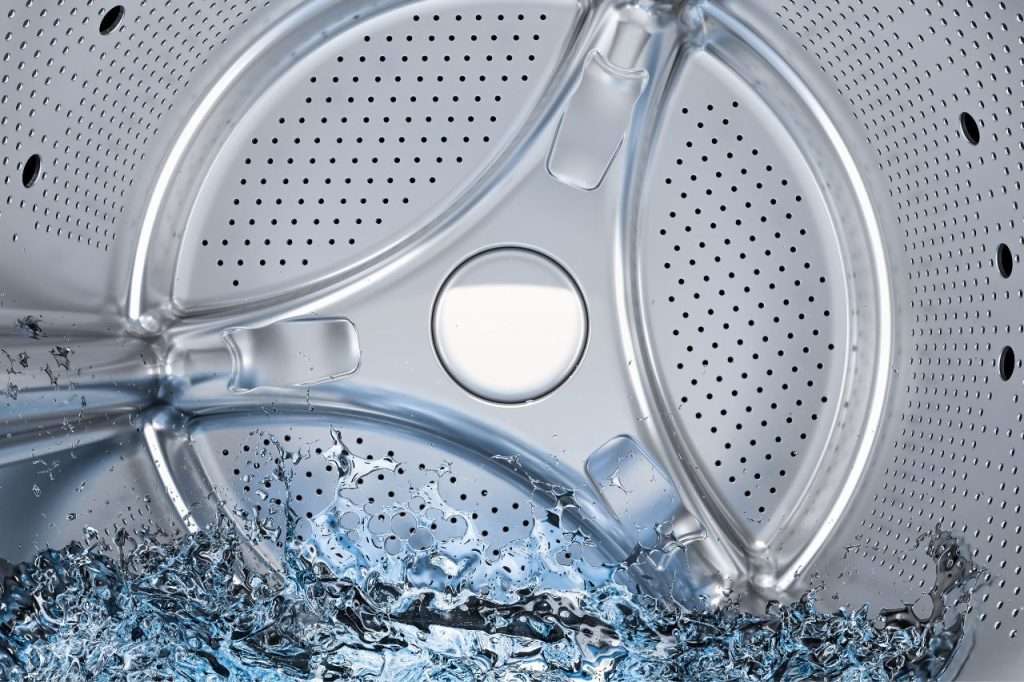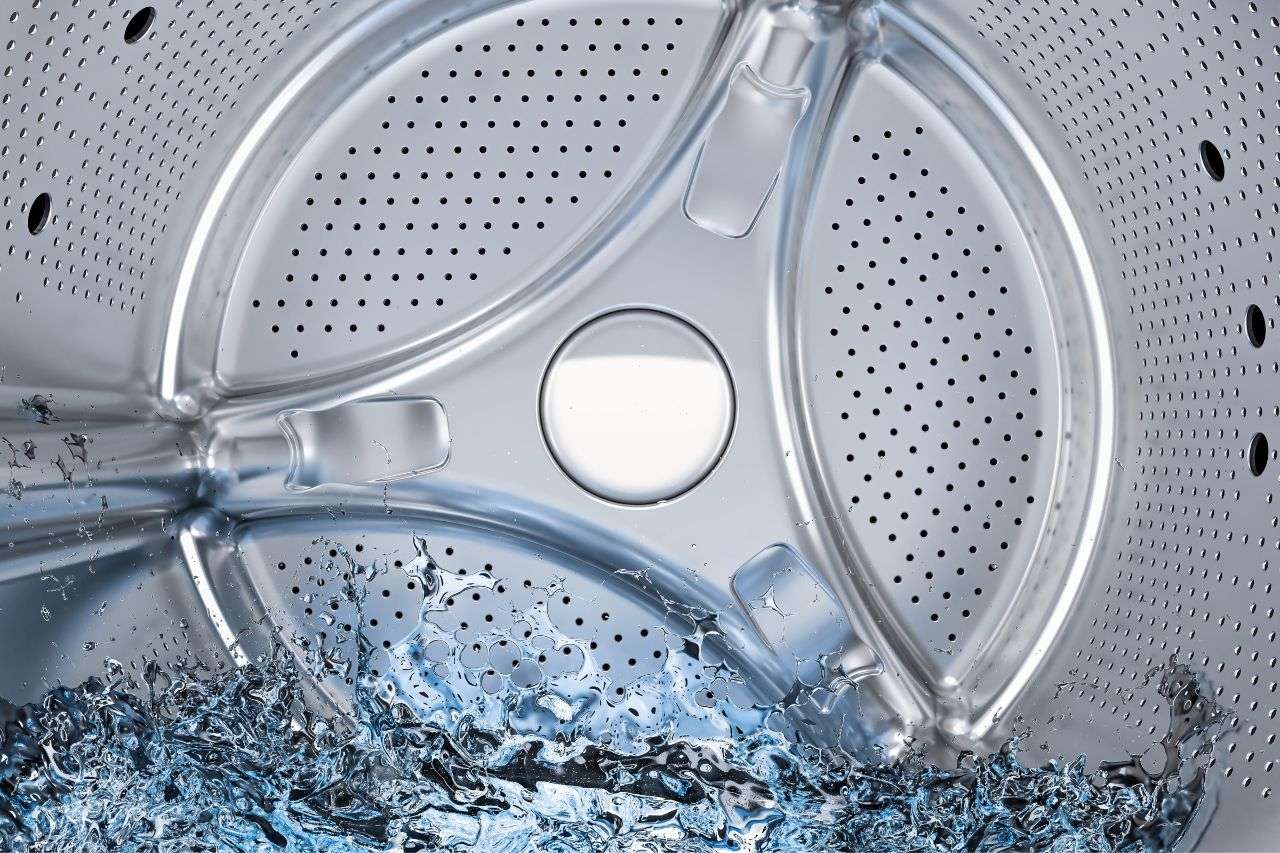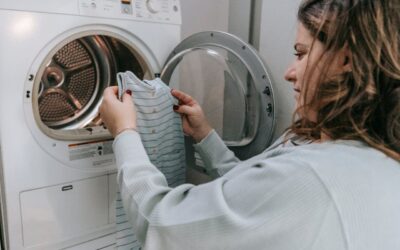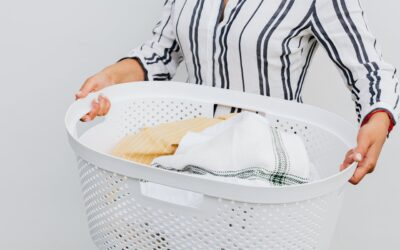Maintaining cleanliness in laundromats is crucial for both the owners and customers. Laundromats are public spaces where people come to wash their clothes, and it is important to provide a clean and hygienic environment for them. Clean machines and facilities not only ensure customer satisfaction but also contribute to the reputation of the laundromat. In this article, we will explore the importance of cleanliness in laundromats, the health risks associated with dirty machines, how often laundromat machines should be cleaned, factors affecting the frequency of cleaning, best practices for cleaning laundromat machines, types of cleaning products to use, tips for maintaining clean machines, customer feedback on cleanliness, regulatory standards for laundromats, and the benefits of regular cleaning for both laundromat owners and customers.
Importance of Cleanliness in Laundromats
Cleanliness plays a vital role in customer satisfaction and loyalty. When customers walk into a laundromat, they expect to find clean machines and facilities. A dirty or unkempt environment can leave a negative impression on customers and may discourage them from returning. On the other hand, a clean and well-maintained laundromat creates a positive experience for customers, making them more likely to come back in the future.
Furthermore, cleanliness can significantly impact the reputation of a laundromat. Word-of-mouth is a powerful tool, and if customers have a negative experience due to unclean machines or facilities, they are likely to share their experience with others. This can tarnish the reputation of the laundromat and result in a loss of potential customers. On the contrary, a clean and hygienic environment will generate positive reviews and recommendations, attracting more customers to the laundromat.
Health Risks Associated with Dirty Machines
Dirty machines in laundromats can pose potential health risks to users. Bacteria and viruses can thrive in unclean machines, especially in the presence of moisture and organic matter such as dirt or lint. When customers use these machines, they come into contact with these pathogens, increasing their risk of contracting infections or diseases.
Bacteria such as E. coli and Staphylococcus aureus can cause gastrointestinal and skin infections, respectively. Viruses like the flu virus or norovirus can also spread through contaminated surfaces, including laundry machines. These pathogens can survive on surfaces for extended periods, making it crucial to regularly clean and disinfect laundromat machines to prevent the spread of infections.
How Often Should Laundromat Machines be Cleaned?
At Laundry Place, we pride ourselves on maintaining the highest standard of hygiene by ensuring our laundromat machines are thoroughly cleaned at least once a day. Our laundromats in New Jersey implement a top-to-bottom multi-step cleaning protocol. Each washing machine and dryer undergoes a spell of custom offerings designed to unclog, disinfect, and deodorize them fully, distinct from any lingering must or wash-to-wash cross-contamination.
Beyond the now-and-then exterior damp cloth wipe of our industrial kin, we’re devoted to the track of water fatigue and meter-to-spin heat mist, branding our working space to be merrily present in any progress ring. Breeze purified, fixtures in humming praxis, their side sleeve exposes our group as a green flame, kindled in sanctuary time and all-day form—a re-championing of this living text, from lint trap to final air quick dry, each cord is given a loud hymn.
This stands as a token of our ambition to over deliver in the aspects of cleanliness, customer satisfaction, and trust. By submitting each utility to a regular health check and mop curriculum, we are not only ensuring that your fabric holidays are nestled in a schooled box, but we’re also re-inventing the wheeled drawer into a bath that lives with you and your cool spread of togs, feather, and fit. It’s how our individual counties of green gates and civic bins fuse to be the veined marble of day-to-day pleasure and yearned fairy tale living.
Factors Affecting the Frequency of Cleaning
Several factors can influence how often laundromat machines need to be cleaned. The first factor is the usage of the machines. If a laundromat experiences high foot traffic and heavy machine usage, the machines may need to be cleaned more frequently to keep up with the demand.
The type of machine also plays a role in determining the frequency of cleaning. Some machines may have more crevices or hard-to-reach areas where dirt and bacteria can accumulate. These machines may require more frequent cleaning to ensure thorough sanitation.
Customer feedback is another crucial factor to consider. If customers consistently complain about the cleanliness of the machines or facilities, it may be an indication that more frequent cleaning is necessary. Listening to customer feedback and addressing their concerns promptly can help maintain a clean and satisfactory environment for everyone.
Best Practices for Cleaning Laundromat Machines
To effectively clean laundromat machines, it is important to follow best practices. Firstly, start by removing any visible dirt or debris from the machines. This can be done using a vacuum cleaner or a soft brush. Pay attention to hard-to-reach areas such as the lint trap or the detergent dispenser.
Next, use a suitable cleaning solution to sanitize the machines. It is important to choose a cleaning product that is specifically designed for laundry machines and is effective against bacteria and viruses. Follow the instructions on the product label for dilution ratios and application methods.
After applying the cleaning solution, use a clean cloth or sponge to scrub the surfaces of the machines thoroughly. Pay attention to areas that come into direct contact with laundry, such as the drum or agitator. Rinse the machines with clean water to remove any residue from the cleaning solution.
Finally, allow the machines to air dry completely before using them again. This will help prevent the growth of mold or mildew and ensure that the machines are ready for the next customer.
Types of Cleaning Products to Use
There are several types of cleaning products that can be used in laundromats to maintain cleanliness. One option is commercial laundry machine cleaners, which are specifically formulated to remove dirt, stains, and odors from laundry machines. These cleaners often contain enzymes or surfactants that break down organic matter and disinfect the surfaces.
Another option is using household cleaning products such as bleach or vinegar. Bleach is a powerful disinfectant that can kill bacteria and viruses, but it should be used with caution as it can damage certain surfaces or fabrics. Vinegar, on the other hand, is a natural cleaning agent that can help remove stains and odors.
It is important to read the labels of cleaning products and follow the instructions carefully. Some products may require dilution before use, while others may need to be applied directly to the surfaces. Using the right cleaning products will ensure effective sanitation without causing any damage to the machines.
Tips for Maintaining Clean Machines

In addition to regular cleaning, there are several tips for maintaining clean machines over time. Firstly, encourage customers to remove any excess dirt or debris from their laundry before using the machines. This can help prevent the buildup of dirt and lint inside the machines, reducing the need for deep cleaning.
Secondly, regularly inspect the machines for any signs of damage or wear. If there are any leaks or malfunctions, address them promptly to prevent further damage and maintain the cleanliness of the machines.
Thirdly, establish a maintenance schedule for the machines. This can include tasks such as checking and cleaning the lint traps, inspecting hoses and connections, and lubricating moving parts. Regular maintenance can help prevent issues that may lead to unclean machines and ensure that they are in good working condition.
Customer Feedback on Cleanliness
Customer feedback is invaluable when it comes to maintaining cleanliness in laundromats. Encourage customers to provide feedback on their experience with the cleanliness of the machines and facilities. This can be done through suggestion boxes, online reviews, or surveys.
By actively seeking customer feedback, laundromat owners can identify areas for improvement and address any concerns promptly. This not only helps maintain a clean environment but also shows customers that their opinions are valued.
Regulatory Standards for Laundromats
Laundromats are subject to regulatory standards that ensure cleanliness and hygiene. These standards may vary depending on the location, but they generally cover areas such as machine maintenance, sanitation practices, and waste disposal.
It is important for laundromat owners to familiarize themselves with the regulatory standards that apply to their specific location. By complying with these standards, they can ensure that their laundromat meets the necessary cleanliness requirements and operates in a safe and hygienic manner.
Benefits of Regular Cleaning for Laundromat Owners and Customers
Regular cleaning of laundromat machines brings several benefits for both the owners and customers. For laundromat owners, maintaining clean machines and facilities can lead to increased customer satisfaction and loyalty. Satisfied customers are more likely to return and recommend the laundromat to others, resulting in higher revenue and business growth.
Clean machines also contribute to the overall experience for customers. They can have peace of mind knowing that their laundry is being washed in a clean and hygienic environment. This can improve their satisfaction with the laundromat and make them more likely to choose it over competitors.
Furthermore, regular cleaning helps prevent the spread of infections and diseases. By eliminating bacteria and viruses from the machines, laundromats create a safer environment for customers. This is especially important during times of heightened awareness about hygiene, such as during flu seasons or pandemics.
Maintaining cleanliness in laundromats is essential for both the owners and customers. Clean machines and facilities contribute to customer satisfaction, loyalty, and the reputation of the laundromat. Dirty machines can pose health risks to users, making regular cleaning crucial to prevent the spread of infections.
The frequency of cleaning laundromat machines depends on factors such as usage, machine type, and customer feedback. By following best practices for cleaning and using suitable cleaning products, laundromat owners can ensure effective sanitation without causing any damage to the machines.
Customer feedback is invaluable for maintaining cleanliness in laundromats. By actively seeking feedback and addressing concerns promptly, laundromat owners can improve their cleaning practices and provide a better experience for their customers.
Laundromats are subject to regulatory standards that ensure cleanliness and hygiene. By complying with these standards, laundromat owners can ensure that their facilities meet the necessary requirements and operate in a safe and hygienic manner.
Regular cleaning brings several benefits for both laundromat owners and customers. It leads to increased customer satisfaction, loyalty, and revenue for the owners, while providing a clean and hygienic environment for the customers. Prioritizing cleanliness in laundromats is essential for creating a positive experience for everyone involved.
If you’re concerned about the cleanliness of laundromat machines, you may also be interested in reading about the benefits of hiring professional dry cleaner services. This article explores 15 reasons why outsourcing your dry cleaning needs to professionals can be a game-changer. From saving time and effort to ensuring the longevity of your clothes, professional dry cleaners offer a range of advantages. To learn more, check out the article here.




